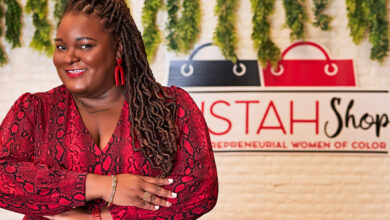Criticism Mounts Over New York Times’ Misattribution of Fade Haircut to Travis Kelce

The New York Times recently faced significant backlash for attributing the popularization of the fade haircut to Travis Kelce, the Kansas City Chiefs tight end, sparking a debate about cultural awareness and representation in media. Critics argue that this claim overlooks the rich history and cultural significance of the fade haircut within African American communities, where it has been a staple for decades.
The fade haircut, characterized by gradually shortening lengths of hair towards the neck, has deep roots in Black culture, serving as a symbol of identity and self-expression. The style’s evolution and variations have been influenced by social, cultural, and political factors, making it much more than just a fashion statement.
Accusations of cultural insensitivity against the Times highlight a broader issue of cultural competency in journalism. Critics contend that the misattribution not only erases the contributions of Black culture to global fashion trends but also reflects a lack of understanding and appreciation of cultural diversity and history.
The backlash has prompted discussions on the importance of cultural representation and the need for media outlets to conduct thorough research and engage with diverse perspectives, especially when covering topics related to culture and identity. It underscores the responsibility of journalists and publications to accurately represent the origins and significance of cultural practices and trends.
In response to the criticism, there’s a call for the New York Times and other media entities to acknowledge the oversight and take steps towards more inclusive and informed reporting. This includes investing in diversity and sensitivity training, as well as consulting with cultural experts and community voices to ensure accuracy and respect in coverage.
The controversy over the misattribution of the fade haircut to Travis Kelce serves as a critical reminder of the ongoing challenges in achieving cultural competency within the media. It emphasizes the need for continuous learning, humility, and the willingness to listen to and amplify marginalized voices, ensuring that the richness of cultural diversity is celebrated and respected.





